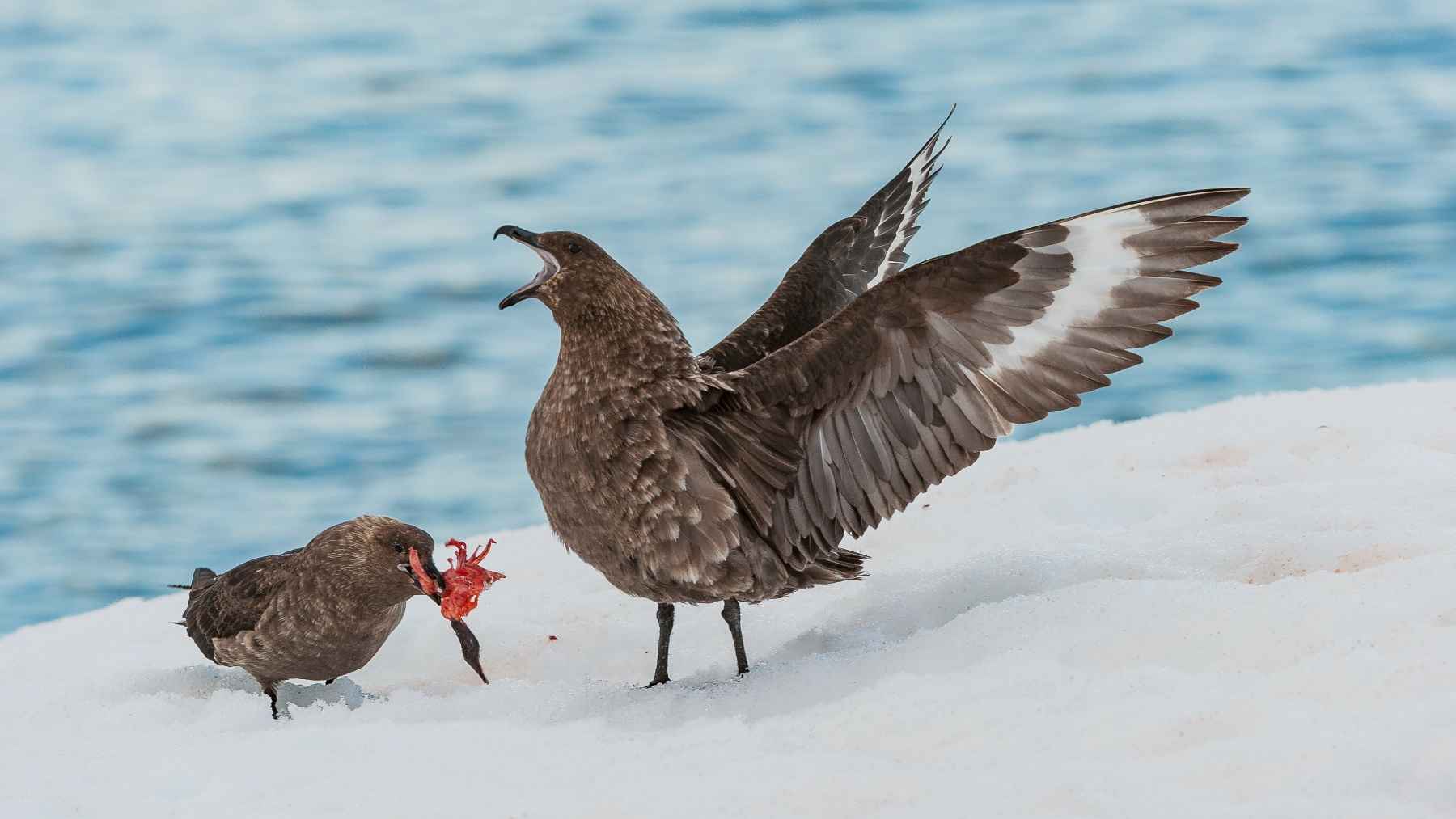A scientific expedition in Antarctica has discovered the H5N1 virus in penguins and cormorants, raising concerns about its spread among endangered species.
A recent scientific expedition off Antarctica revealed a worrying discovery: the deadly H5N1 avian influenza virus has been detected in penguins and cormorants for the first time. The discovery raises alarm about the risks to some endangered species living in the remote southern continent.
Fabiola León, a postdoctoral researcher at the Catholic University of Chile, reported that nine positive cases were found among Adélie penguins and one among Antarctic cormorants during the expedition. The discovery marks a milestone in research on wildlife health in Antarctica.
SEE ALSO | Man electrocuted, teen seriously injured during storm
The detection of highly pathogenic H5N1 influenza in penguins and cormorants raises serious concerns due to the high dispersal capacity of migratory birds and the gregarious behavior of penguin breeding colonies, which may increase the rate of virus transmission between different bird groups.
The samples were obtained from thirteen breeding sites on the Antarctic Peninsula and the west coast of the White Continent. The discovery was made possible thanks to a collaboration between the Millennium BASE Institute on Antarctic and Subantarctic Ecosystems, the French company PONANT, and an international research team.
The discovery comes after the first case of bird flu was confirmed in February in a dead skua seabird near the Antarctic base of Primavera in Argentina. The spread of this deadly virus among wild birds and marine mammals poses a serious threat to the region’s biodiversity.
Origin: North America

